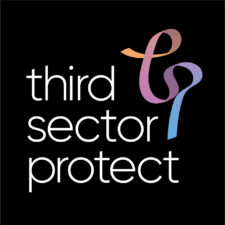
How to write a compelling fundraising application
Fundraising proposals are a critical part of the process of turning a strong idea into reality. Whether it be a way to tackle an issue or a worthy initiative. While there will always be an element of stress in every fundraising application, by following some tried-and-tested tips and advice, you can give your fundraising application the best possible chance of success.
Go over the guidelines
Sure, you’ve already read through them at least once while planning and getting everything together for writing the fundraising application, but it’s worthwhile doing so again, so that they are as fresh in your mind as possible. It might take you back to the days of teachers stressing the need to read through the entire exam paper before putting pen to paper, but the slightest error on a proposal can have serious consequences.
Narrow your narrative
Now that you’ve specified what you intend to do and why they should assist it, it is time to expand on how you are going to go about it. Follow the same outline you defined in your introduction, but dig a little deeper into the issues and your solution. Include facts and figures that back up your proposal and draw on any previous instances where a similar approach has proved a success.
Identify why they need you
Whether you are responding to a request for submissions in a particular area and likely to be facing significant competition for the funding or going it alone and pitching on spec, you must get across to the recipient why your organisation is the best place to carry out your proposal. Highlight your previous work in any areas specifically related to the proposal and reference any awards or other notable achievements the charity has received.
Evidence your support from the top
You might be the best person to lead the project and put together the proposal, but it never hurts to show that those at the top of your organisation are in your corner as well. To add an extra air of seniority, get a quote from your chief executive, or someone from your board of directors, about the project and what it means to the organisation as a whole.
Ask others for their input
Once you’re happy with what you have written, it is important that you get feedback from others on how it reads and whether it relays the correct message. Get a colleague to go through it to see if it hits all the right professional notes and ask them to make any suggestions on how it might be improved. And why not ask somebody outside the sector to give you their thoughts? If there are parts that they do not understand – may be due to sector-specific language – it might be worth changing them
Go over the guidelines… again
As Adam Lopardo, director of partnerships at the Community Foundation, indicates, failing to read the guidelines thoroughly or not following them correctly is one of, if not the biggest annoyance for those on the receiving end of the application: “The number of times you say to people to read the guidelines and they say they’ve read them and it’s really clear they haven’t. I’m sure fundraisers are really, really bored of hearing that, but it keeps coming up.”
ThirdSectorProtect
Contact the insurance professionals at Third Sector Protect for more information about removing your charities risk with insurance. For additional information on charity fundraising, read our blog post: Is crowdfunding taking over traditional non-profit fundraising?
For more tips and tricks on all things third sector follow us on Facebook, Twitter & LinkedIn.
 |  |  |







